The thresholding problem and variability in the EEG graph network parameters
- PMID: 36333413
- PMCID: PMC9636266
- DOI: 10.1038/s41598-022-22079-2
The thresholding problem and variability in the EEG graph network parameters
Abstract
Graph thresholding is a frequently used practice of eliminating the weak connections in brain functional connectivity graphs. The main aim of the procedure is to delete the spurious connections in the data. However, the choice of the threshold is arbitrary, and the effect of the threshold choice is not fully understood. Here we present the description of the changes in the global measures of a functional connectivity graph depending on the different proportional thresholds based on the 146 resting-state EEG recordings. The dynamics is presented in five different synchronization measures (wPLI, ImCoh, Coherence, ciPLV, PPC) in sensors and source spaces. The analysis shows significant changes in the graph's global connectivity measures as a function of the chosen threshold which may influence the outcome of the study. The choice of the threshold could lead to different study conclusions; thus it is necessary to improve the reasoning behind the choice of the different analytic options and consider the adoption of different analytic approaches. We also proposed some ways of improving the procedure of thresholding in functional connectivity research.
© 2022. The Author(s).
Conflict of interest statement
The authors declare no competing interests.
Figures
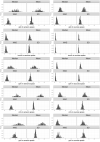


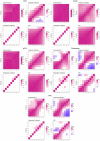
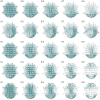
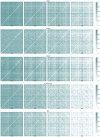
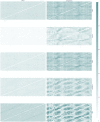
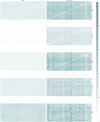


References
-
- Avena-Koenigsberger A, Misic B, Sporns O. Communication dynamics in complex brain networks. Nat. Rev. Neurosci. 2018;19:17–33. - PubMed
MeSH terms
LinkOut - more resources
Full Text Sources

